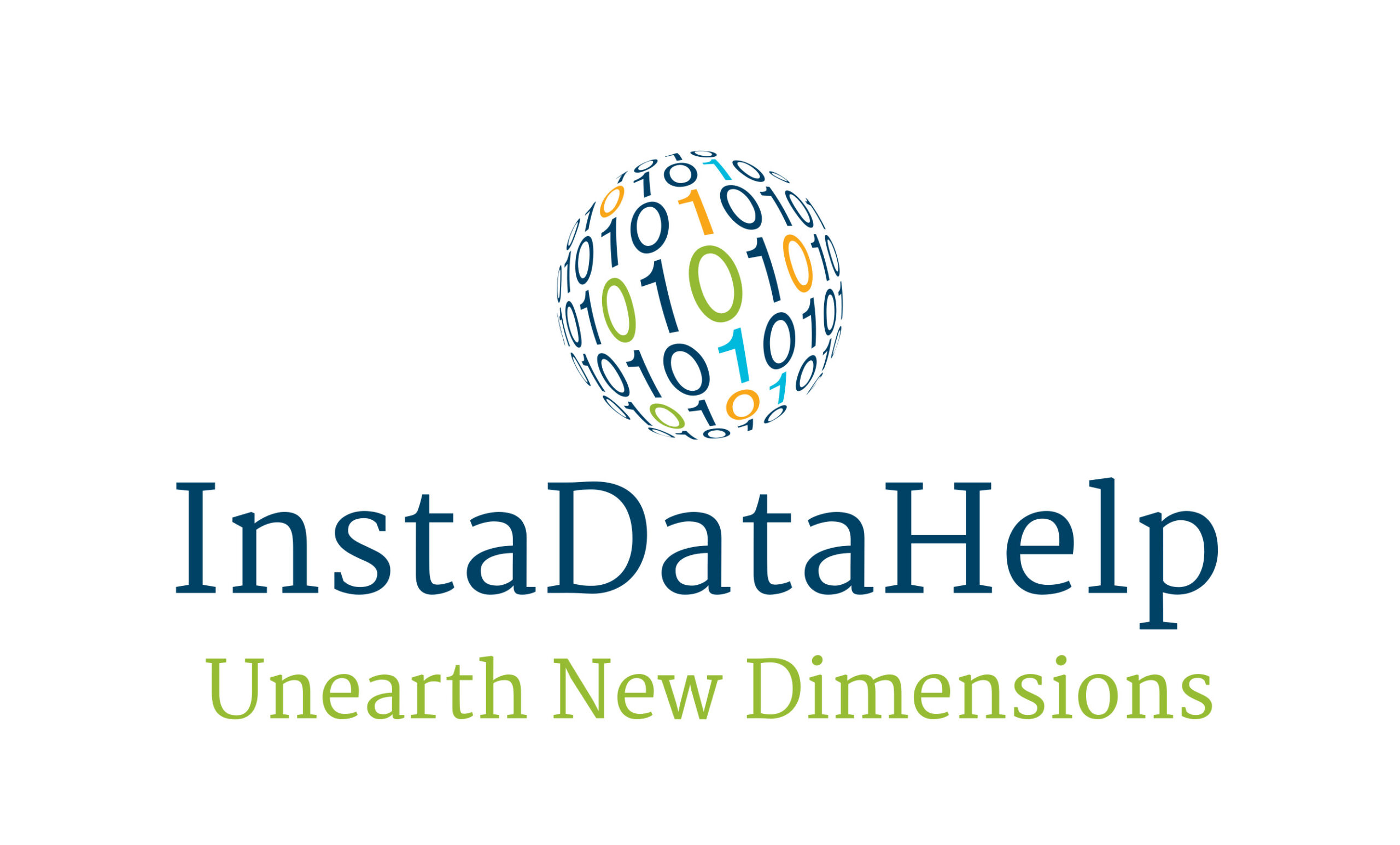The Role of Classification in Predictive Analytics and Decision Making
Introduction
In today’s data-driven world, organizations are constantly seeking ways to gain insights and make informed decisions. Predictive analytics has emerged as a powerful tool in this pursuit, enabling businesses to forecast future outcomes based on historical data. One crucial aspect of predictive analytics is classification, which involves categorizing data into distinct groups or classes. This article explores the role of classification in predictive analytics and decision making, highlighting its importance and applications.
Understanding Classification
Classification is a fundamental technique in machine learning and predictive analytics. It involves assigning data instances to predefined classes based on their characteristics or attributes. The goal is to develop a model that can accurately classify new, unseen data instances. This model is trained using a labeled dataset, where each instance is associated with a known class. The model then learns patterns and relationships within the data to make predictions on new, unlabeled instances.
Classification Algorithms
Various classification algorithms exist, each with its strengths and weaknesses. Some popular algorithms include decision trees, logistic regression, support vector machines, and neural networks. These algorithms employ different mathematical and statistical techniques to classify data. For example, decision trees use a hierarchical structure of nodes and branches to make decisions based on feature values, while logistic regression uses a probabilistic approach to estimate the likelihood of an instance belonging to a particular class.
Applications of Classification
Classification has numerous applications across various industries. One prominent use case is in customer segmentation, where businesses aim to divide their customer base into distinct groups based on their preferences, behavior, or demographics. This allows companies to tailor their marketing strategies, products, and services to specific customer segments, resulting in improved customer satisfaction and increased sales.
Another application is in fraud detection. By analyzing patterns and anomalies in financial transactions, classification models can identify potentially fraudulent activities. These models can learn from historical fraud cases and detect new instances that exhibit similar characteristics, enabling organizations to take proactive measures to prevent fraud and minimize financial losses.
Classification is also widely used in healthcare. For instance, it can help predict the likelihood of a patient developing a specific disease based on their medical history, lifestyle, and genetic factors. This information can assist healthcare professionals in making early interventions, providing personalized treatments, and improving patient outcomes.
Benefits of Classification in Decision Making
Classification plays a vital role in decision making by providing valuable insights and predictions. By accurately classifying data, organizations can make informed decisions, optimize processes, and improve overall efficiency. Here are some key benefits of classification in decision making:
1. Improved Accuracy: Classification models can accurately predict the class of new instances, enabling organizations to make data-driven decisions with confidence. This reduces the reliance on intuition or guesswork, leading to more accurate outcomes.
2. Time and Cost Savings: By automating the classification process, organizations can save time and resources. Manual classification can be time-consuming and prone to errors, whereas classification algorithms can process large volumes of data quickly and efficiently.
3. Enhanced Risk Management: Classification models can help identify potential risks and opportunities. For example, in credit scoring, classification can assess the creditworthiness of individuals and determine the risk of default. This information allows financial institutions to make informed lending decisions and manage their risk exposure effectively.
4. Personalized Recommendations: Classification can be used to personalize recommendations and suggestions. By analyzing user preferences and behavior, classification models can recommend products, services, or content that are most relevant to individual users. This enhances the user experience and increases customer engagement.
Challenges and Considerations
While classification offers significant benefits, there are challenges and considerations to be aware of. These include:
1. Data Quality: Classification models heavily rely on the quality and relevance of the data used for training. If the data is incomplete, inaccurate, or biased, it can lead to poor predictions and unreliable decisions. Therefore, organizations must ensure data quality and address any issues before training classification models.
2. Overfitting: Overfitting occurs when a classification model becomes too specific to the training data and fails to generalize well to new instances. This can result in poor performance on unseen data. Regularization techniques, cross-validation, and careful feature selection can help mitigate overfitting.
3. Interpretability: Some classification algorithms, such as neural networks, are often considered black boxes, making it challenging to interpret their decision-making process. This lack of interpretability can be a concern, especially in domains where explainability is crucial, such as healthcare or finance. Organizations must strike a balance between accuracy and interpretability when choosing classification algorithms.
Conclusion
Classification is a crucial component of predictive analytics and decision making. By categorizing data into distinct classes, classification models enable organizations to make accurate predictions, optimize processes, and improve decision-making. From customer segmentation to fraud detection and healthcare, classification finds applications across various industries. However, organizations must also be aware of the challenges and considerations associated with classification, such as data quality, overfitting, and interpretability. By leveraging the power of classification and addressing these considerations, businesses can unlock valuable insights and gain a competitive edge in today’s data-driven world.




Recent Comments